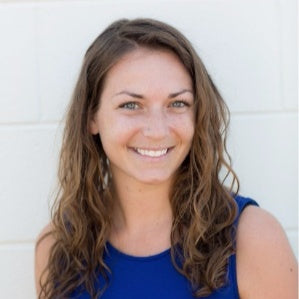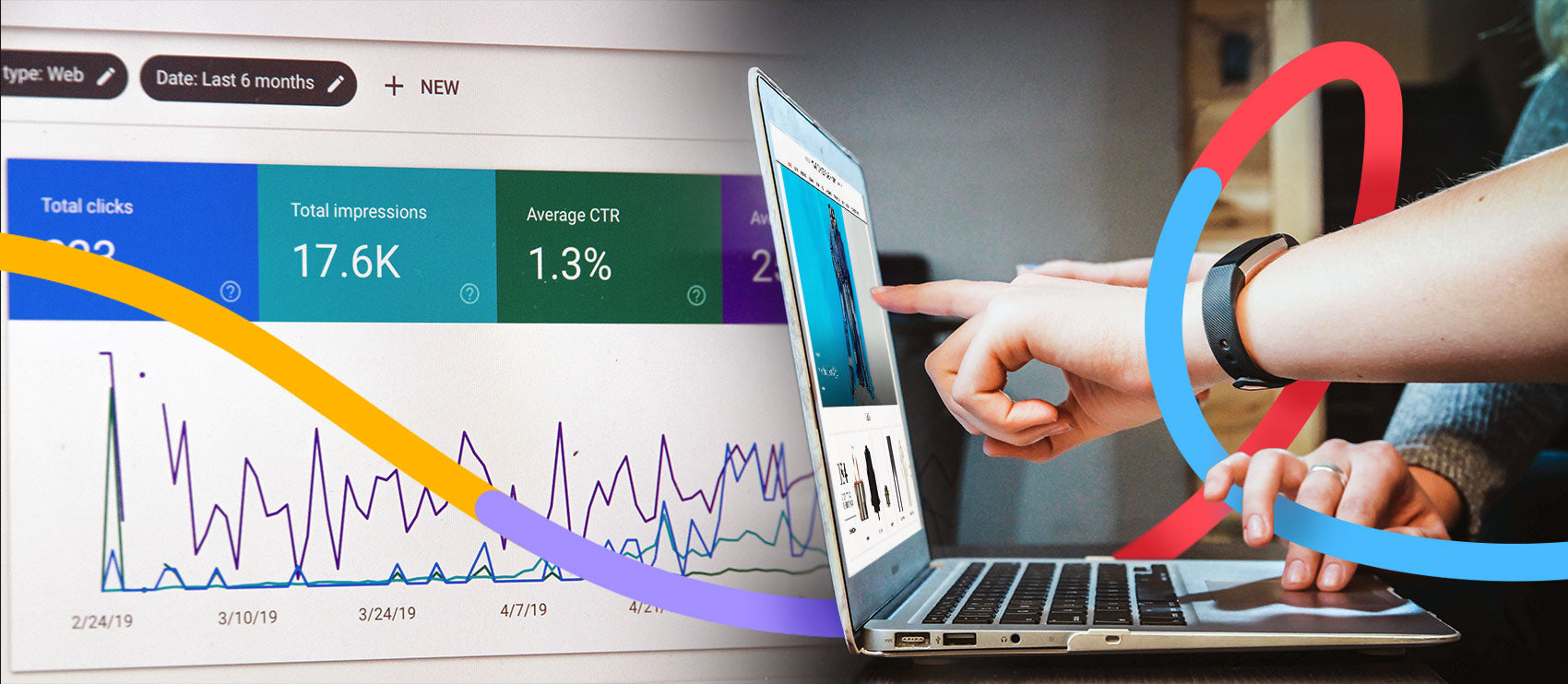The never-ending debate for any creative professional: freelance vs. in-house. Which one is better? Which one is more lucrative? How can you pursue your photography passions and make a living while doing it?
When it comes to commercial and product photography, the debate is no different. And the answer is the same: The best route to go depends entirely on your unique circumstances. No two photographers or jobs are the same. That being said, it helps to understand what the main differences between being a freelance and an in-house professional photographer.
Below, we list some of the biggest differences and share some professional photogs’ thoughts on the freelance vs. full-time debate.
Stability
Possibly the most obvious of differences between the two is in stability. With an in-house role, your employment is more stable. You’re not wondering about where the next project will come from or who your next client will be; an in-house role automatically comes with a steady stream of work.
“As an in-house photographer, you obviously have job security — even if your company doesn't necessarily have anything for you to do at the time,” says Jack Pochop, photographer and owner at Cartridge Thunder. “As a freelancer, your job security is effectively null.”

“Like any self-employed person, I have the ongoing worry of finding new work,” Crystal Golden, owner of Forty4 Creative says. Golden supplements her freelance income with a part-time in-house gig.
“By keeping a stable source of income, I can be more selective in my personal projects,” she says. “Having continuing part-time work also ensures that my technical skills stay on point.”
Financials

- Income
- Taxes
- Expenses
Income
In-house: Full-time in-house product photographers have the luxury of knowing and exactly when and how much they’re getting paid. Whether there’s work to do or not, that paycheck is guaranteed. Things get a little less stable if you’re part-time, for example, your hours may vary every week.
Your income is also generally based on your location. In New York City, for example, a product photographer makes an average $37,118 annual salary, according to Glassdoor. Move to Little Rock, Arkansas, and you can expect that salary to be closer to $29,244.
Freelance: Going the self-employed route, your income is more sporadic. And when there’s no work, there’s no money, not to mention the risk of non-payment. But on the upside, you set the rate and payment terms. “You have the power to negotiate every project, so your potential for making more money is higher, however the potential for making nothing is also there too,” says Delacruz.
Location also isn’t always a factor here. In fact, some freelance photographers work virtually and never meet their clients at all. In those cases, you could live in an affordable location while charging NYC-based clients premium rates to maximize your income.
Taxes
In-house: When you have an official employer, those wages are often taxed. This is why you might receive a tax return when you file, rather than owing money to the IRS.
Freelance: “The biggest mistake that I see freelancers do is not save for taxes,” Delacruz says. “When you're freelance, nothing is withheld for you, and you’re liable for the entire [tax payment] yourself.”
Expenses
In-house: Typically, employers will provide all the necessary equipment for you. This includes the camera, set equipment, computer, hard drives and other expensive tech you need for the role. Be careful though, as some employers require employees replace damaged equipment.
Freelance: When you’re working for yourself, you also have to purchase the equipment yourself. This adds up to a pretty hefty price tag, which can be tough especially for photographers early in their career. On the plus side, you can write these purchases off as business expenses. It’s best to consult with a tax professional on how to make the most of these investments in your business come tax season.

The creative
Every photographer has one trait in common: creative. And when it comes to being a freelance vs. in-house photographer, you have different levels of control over the creative.
Freelance photographers, for example, have more freedom to be selective with which jobs and clients they take. “When looking for projects, I put my focus on the kind of the project and person themselves,” says Golden.
What’s your favorite product to shoot?
“I love taking the handcrafted items that people create and portraying them in a beautiful and enticing way. I try to tell a story of the product in the image, often working in the lifestyle mentality, where the item is staged in a space so potential customers can see themselves using the product. This style of photography also allows me to be more creative in lighting and staging than traditional product photography. Having the freedom to play and experiment is part of the draw.” – Crystal Golden, owner of Forty4 Creative
However, you could also lose that flexibility in the sometimes feast-or-famine cycle of a freelancer. During slow times, you might have to take on projects you wouldn’t otherwise. And Golden hasn’t hit the sweet spot in finding passion in her work, hence the full-time role she also holds. “Ideally, [my freelance] work will provide my income while also providing me with the creative outlet,” she says.
When it comes to freelance, you can also choose the way work, as long as it's suitable for your clients too. There are no company or employer guidelines, processes and rules to follow. On the flipside, in-house photographers may have more constraints. “Working in-house, you are likely working under a subset of rules,” says Pochop. “They may have their own internal portal for images with its own processes and rules.”
Work-life balance

How you manage a work-life balance is really dependent on the type of person you are. There are plenty of freelance photographers who hustle seven days a week and are barely scraping by, and on the opposite end of the spectrum, there are also freelance photographers who put in a small amount of hours but charge premium rates.
And the same goes for in-house, full-time photographers: Everyone’s negotiation skills are different, and some companies give raises more proactively than others, for example.
Let’s look at what our photographers have to say:
Lifestyle: “The major difference is lifestyle. When you have a regular job as an inhouse photographer, you know where you have to be everyday and pretty much what your going to be doing from week to week and what your going to get paid. Your main concern is doing a good job in the eyes of your employer or in worse cases just getting through the day depending on who you're working for. At the end of the work day, you can stop working and put everything work-related aside until the next work day.” – Jeff Delacruz
Responsibility: “Working on your own, as a freelancer, you obviously have a lot more freedom, but that absolutely comes with more responsibility. You are definitely experiencing more diversity in what you shoot, but you have to hustle for your work and find it where you can get it. You also need to take charge of where you’re storing your images, how you communicate with your clients, and how you present your portfolio of work. While you’re still working under a marketing department's direction, you oftentimes aren’t subject to the massive amounts of meetings leading up to a shoot. As a freelancer, you get to choose your hours, make the rules, and have more say as far as creative direction goes. You also have the opportunity to seek out the work you want and build meaningful connections across a diverse set of industries.” – Jack Pochop
On-the-job differences
Your day-to-day
Again, your day-to-day will depend on what type of in-house photographer role you have. At smaller companies and start-ups, you might be the photographer, social media manager and web admin. But if you’re working for a larger agency or brand, you might be strictly photographing for a specific client or product line. “I feel that in-house photographers are culpable for much more than just their photography,” says Pochop. “Oftentimes, you’re performing tasks that may be outside of your job description (i.e. graphic design or e-mail marketing), whereas being a freelancer, you sort of get to dictate your own rules.”
A freelance photographer’s day-to-day will also vary, depending on the nature of your business. “As a freelance photographer, you never know what your week is going to be like or who you’re going to be working with,” says Delacruz.
Some photographers have virtual assistants, business managers, accountants, etc. — an entire team so you can focus on the work. In most cases, though, you won’t have this luxury. Freelance photographers typically wear more hats, including business owner, so the day-to-day may be less creative work and more admin.
Golden hopes to get there someday with her own business. “[Right now], an average week will include social media management, photography and print design,” she says. “This balance has worked well, though my dream is to move to a full-time personal business, ideally with a staff member or two to balance and spread the production load, like producing print pieces and culling photos so I can focus on building meaningful relationships.”
When you’re on your own, you’re also in charge of what the day-to-day processes and priorities are in the first place. “You need to take charge of where you’re storing your images, how you communicate with your clients, and how you present your portfolio of work,” says Pochop.
Professional development
As you might expect, freelance photographers are responsibility for coordinating and funding their own career development initiatives. On the flip side, full-timers might have the option to attend employer-funded workshops or trainings, as well as ideally learning from a mentor within the company (though that’s not always the case).
And because you have less control over the work when you’re full-time, you might do and learn things you never would have on your own. “When working in-house, you’re often pushed outside of your comfort zone,” Golden says. “For my business, I have recently been growing my product and in-store photography, while working in-house my focus has turned to events, like exhibit openings.”
Team dynamics
Freelancing can be a lonely world, and it’s not for everyone. When working in-house somewhere, you’re more likely to have access to other team members, whether they’re creatives or not. Sometimes, the old adage rings true: Two heads are better than one. Especially if you’ve hit a creative block.

But there’s also a downside to having colleagues. The other adage about having too many cooks in the kitchen comes to mind here.
“[In-house], you’re probably also working directly under a marketing department and subject to several different meetings over your images or what you’re about to shoot,” says Pochop. “In my experience, you don't get to exercise your creativity as much because you are working under the marketing team's direction, who are working under the sales team's direction.
The solitude of freelancing can be a good thing for some. You’re subject to fewer disruptions and opinions, and you can hone in on your craft.




